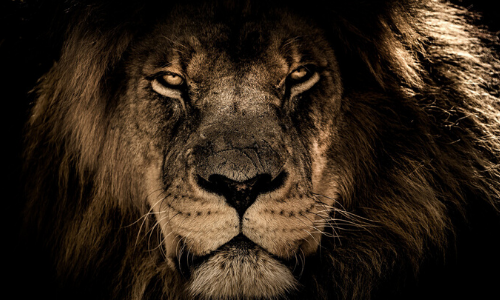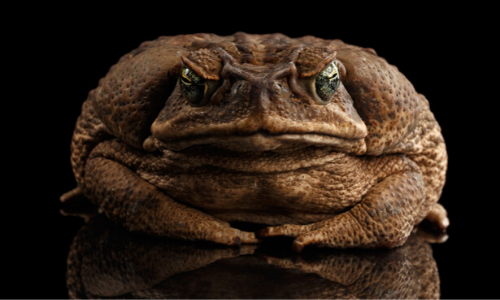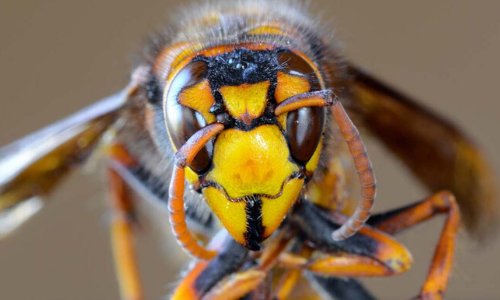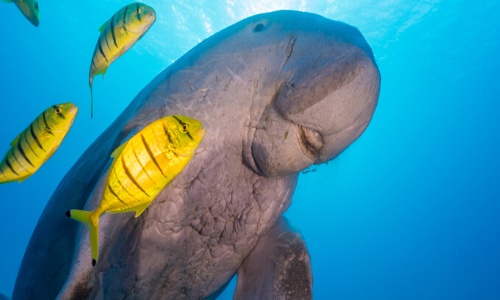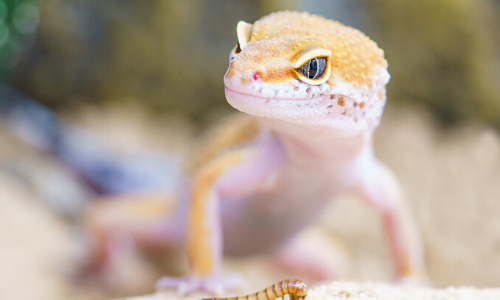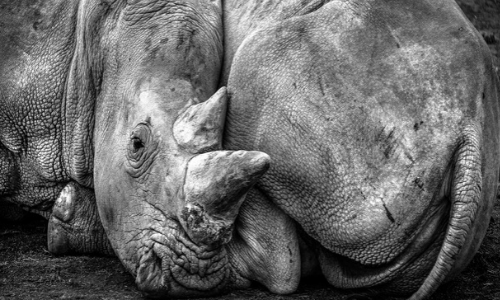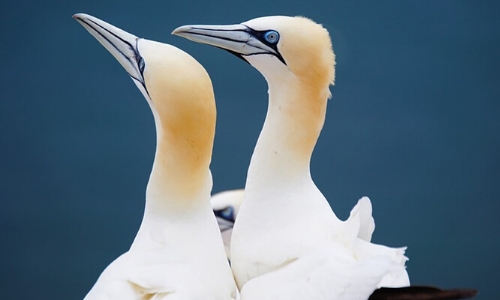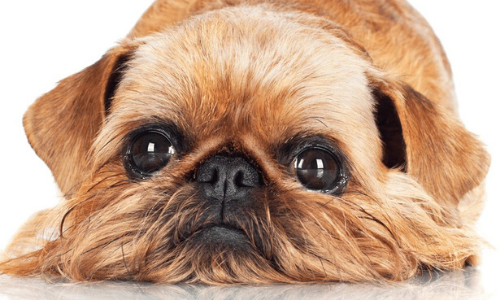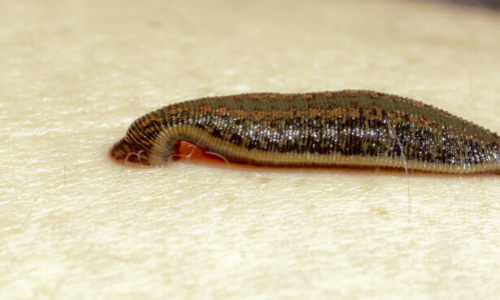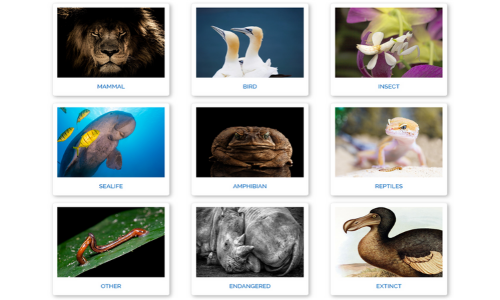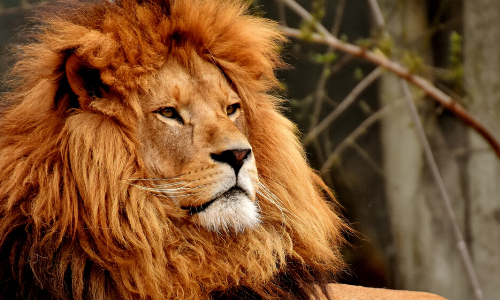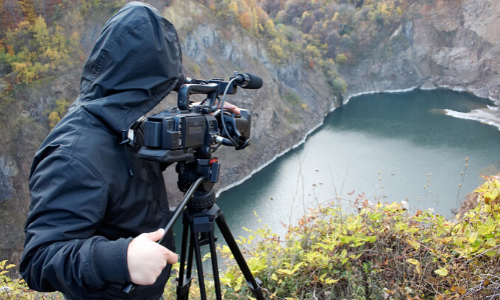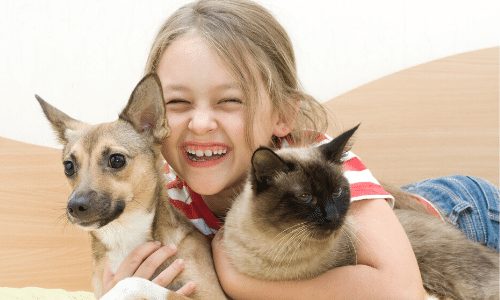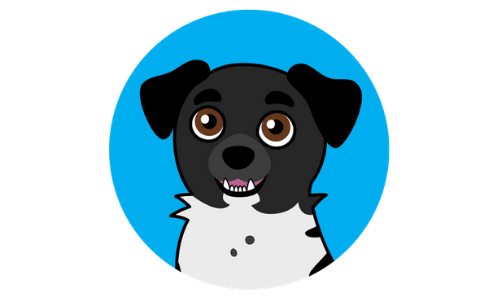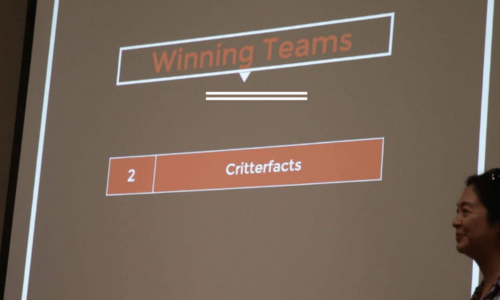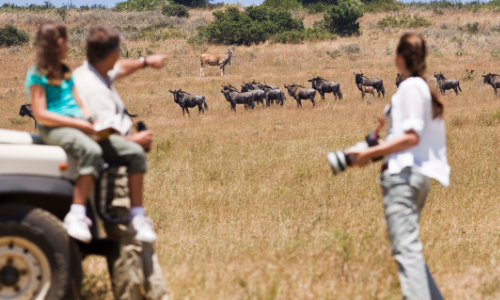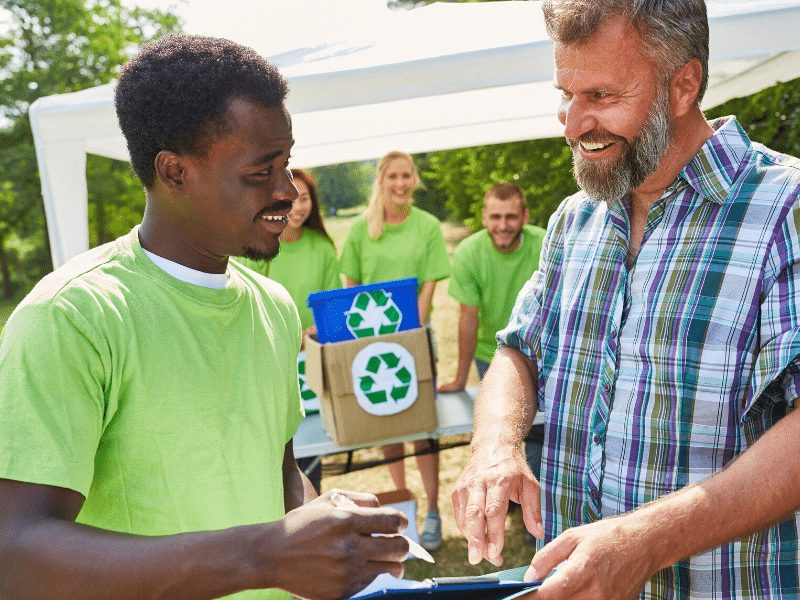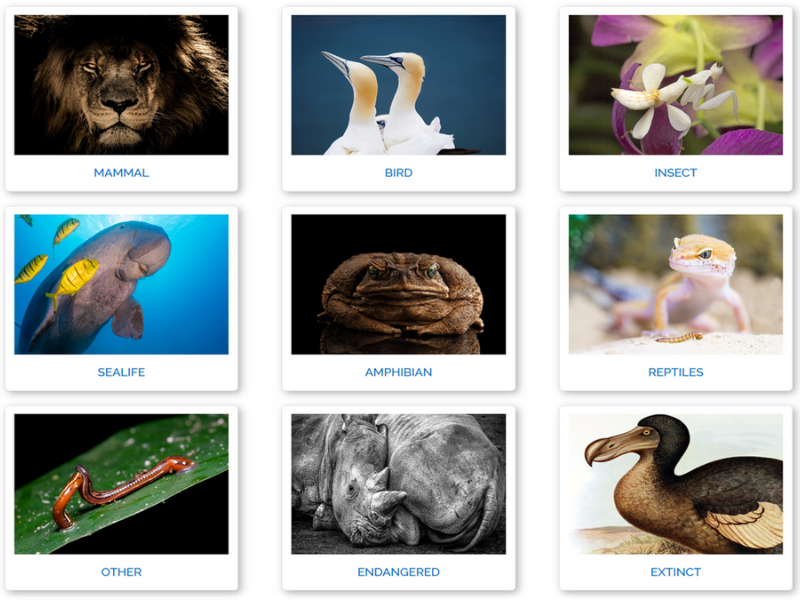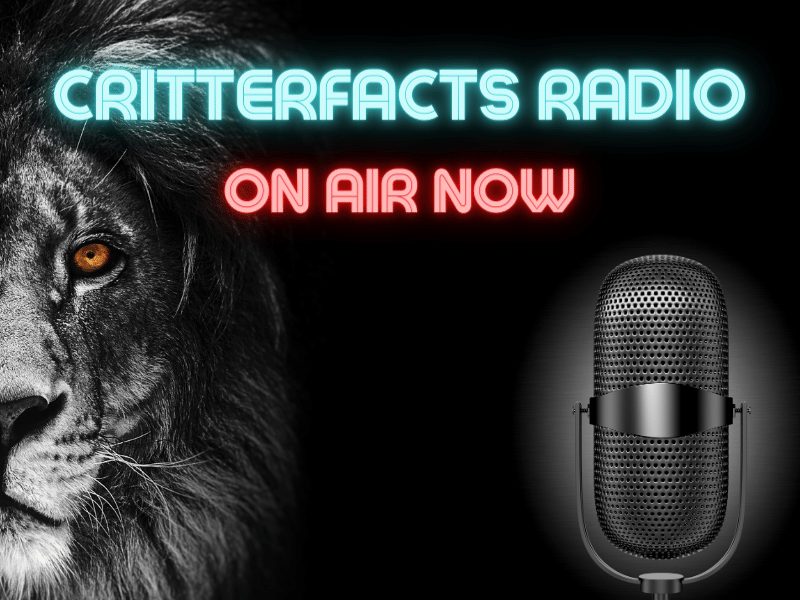
Meerkat
A meerkat has no markings on its stomach so its black skin can absorb the sun better after staying in their cold burrows all night.

Orca
An Orca can rest one side of the brain so the awake part can still regulate breathing and swimming so it won’t drown while sleeping.

Roseate Spoonbill
Similar to flamingos, the canthaxanthin and astaxanthin in the diet of a roseate spoonbill causes their pink coloration!

Rockhopper Penguin
A rockhopper penguin gets around by hopping on rocks instead of sliding on their bellies like most penguins due to their rocky habitat.

Downy Woodpecker
The downy woodpecker drills on wood for a variety of reasons; they use their stiff feathers to keep wood dust from going up their nostrils.

Prairie Dog
You will often see multiple prairie dogs “kissing”, touching noses and locking teeth. This allows them to see if they’re from the same group.

Northern Lapwing
The northern lapwing has a 2-3-foot-long wingspan that makes a lapping sound when flying, which is how they got their name.

African Civet
Besides using their crest to communicate, an African civet will also use growls to laughing noises, as well as odor markings.

African Lion
Unlike other cats, the African lion is very social. They live in groups called prides that can be made of up to 30 lions!

Blue Pansy Butterfly
When flying, the blue pansy butterflies fly in a rigid flap and glide fashion while defending its territory from other butterflies.

